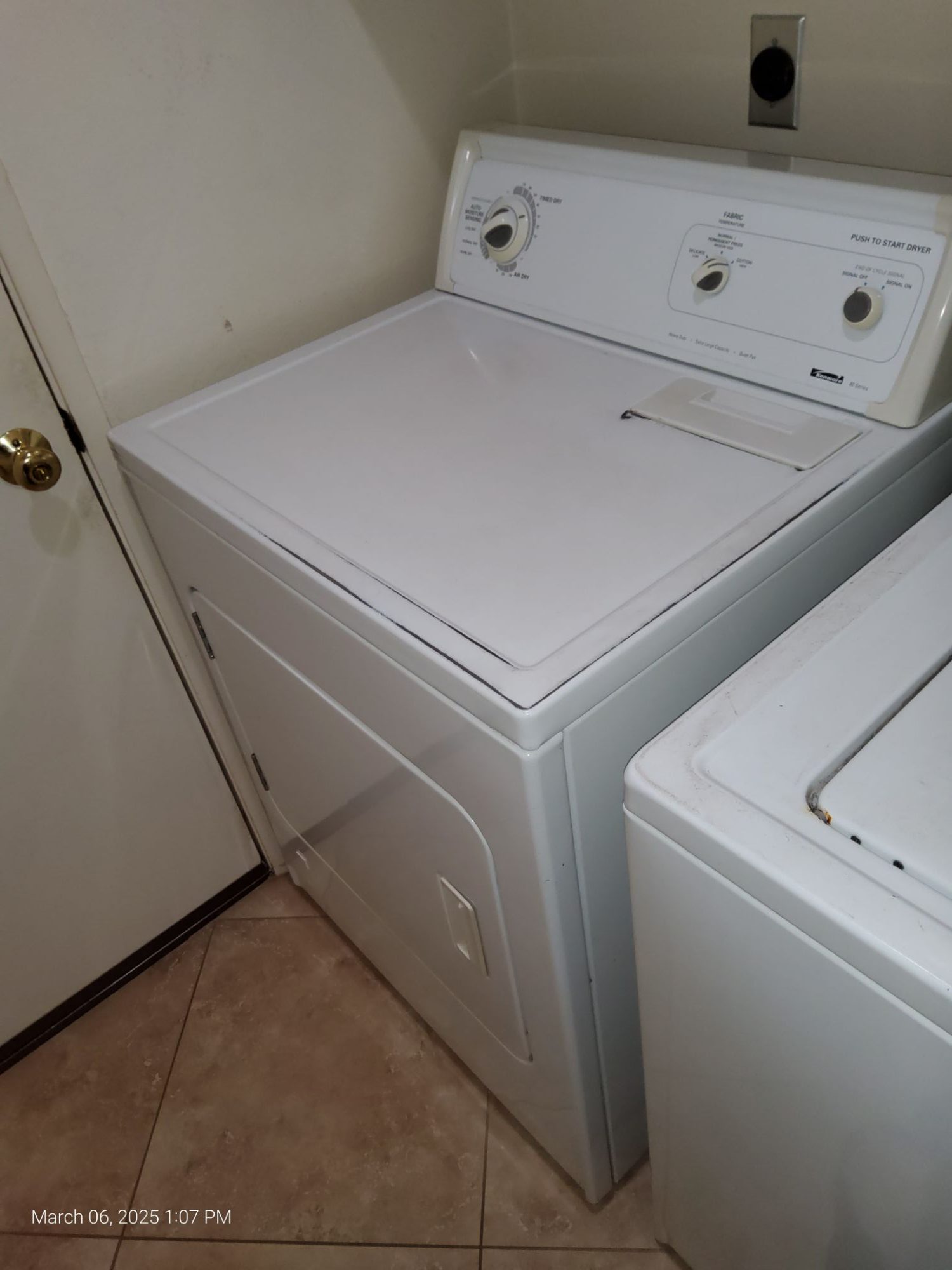
Dryers are designed to save us time and effort, delivering freshly dried laundry in just one cycle. However, when clothes come out scorched, excessively wrinkled, faded, or even with visible burn marks, it’s more than an inconvenience—it’s a sign of a deeper issue. The appearance of your items after drying can reveal a lot about the condition of your appliance, especially if you’re facing overheating or internal component damage.
Let’s explore the main causes of such problems and how to prevent them.
Common Signs That Something’s Wrong
- Scorched Fabric or Burn Marks Clothes should never exit a dryer feeling hot to the touch or showing signs of actual burning. If this is happening, your dryer may be overheating due to a malfunctioning thermostat or heating element.
- Excessive Shrinking While some materials are prone to shrinking, if all types of fabric—cotton, polyester, and synthetics—seem to shrink uniformly, this indicates heat levels that are too high.
- Hard or Brittle Fabric If your towels or garments feel unusually stiff or brittle after drying, it may be due to prolonged exposure to excessively high temperatures.
- Color Fading or Yellowing Clothing that comes out faded or discolored suggests that the heat is not being properly regulated. Overheating can literally “bake” fabric dyes, resulting in dull or uneven coloration.
Possible Causes of Overheating or Damage
- Malfunctioning Thermostat The thermostat controls the internal temperature. If it’s broken or out of calibration, the dryer might run hotter than it should, causing damage to clothing over time.
- Faulty Heating Element A heating element stuck in the “on” position continues to produce heat even after the dryer cycle should be cooling down. This continuous heating can scorch clothes and overwork other internal components.
- Blocked or Damaged Vent System Lint buildup or physical damage in the exhaust vent restricts airflow, making the dryer overheat as it struggles to push out moist air. This not only affects your laundry but also increases fire risk.
- Broken Moisture Sensors Modern dryers have sensors to detect moisture levels. If these fail, the machine may continue heating long after the clothes are dry, which leads to unnecessary exposure to heat.
- Drum Issues or Worn Seals If the drum isn’t rotating properly or the seals are worn out, clothes may stay in contact with the hot walls or heating source for too long, causing burns or hot spots.
What You Can Do
- Stop Using the Dryer Immediately if clothes come out damaged more than once.
- Inspect the Lint Filter and Venting System regularly to ensure clear airflow.
- Avoid Overloading the dryer—too many clothes in one cycle can interfere with temperature regulation.
- Use Appropriate Settings for each type of fabric, and don’t rely on one single drying mode for everything.